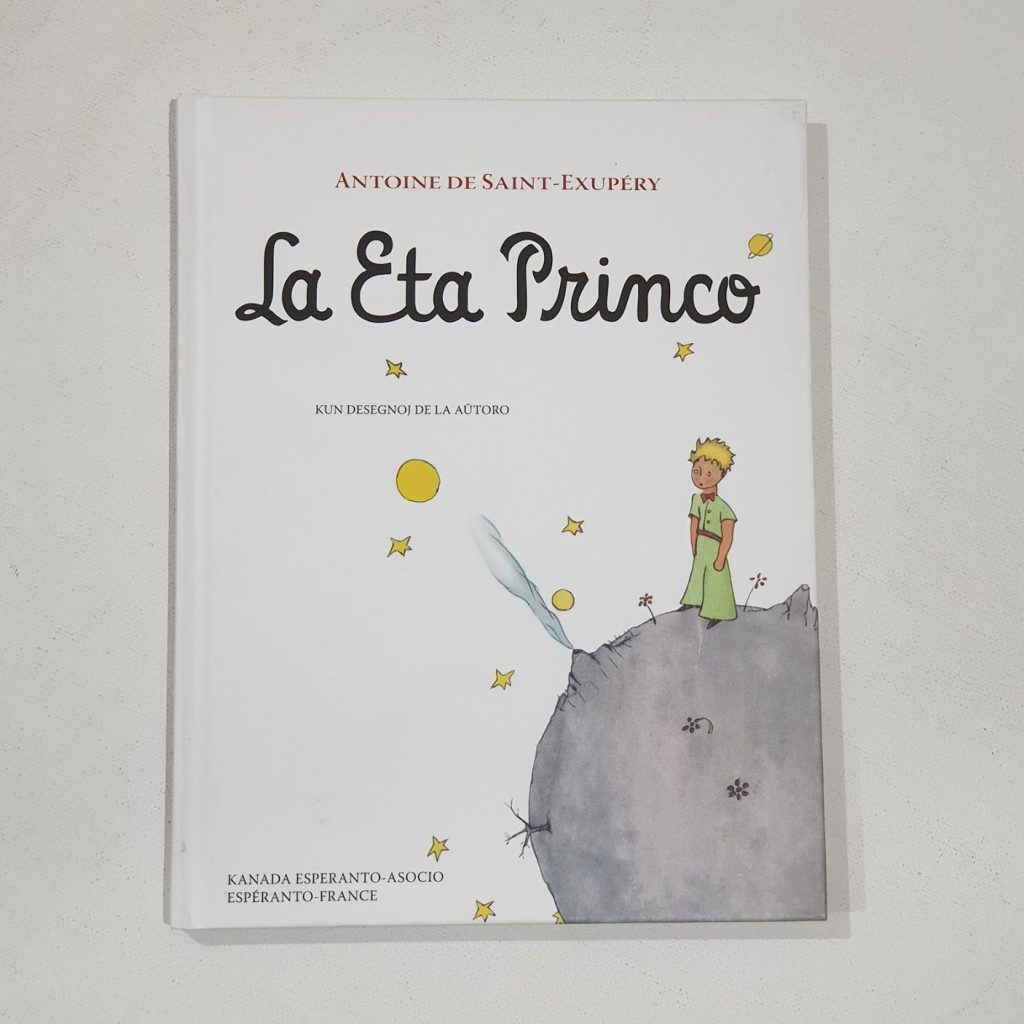
La Eta Princo — in Esperanto language.
Esperanto is the most successful constructed international auxiliary language, created with the aim of fostering harmony and understanding across diverse linguistic and cultural backgrounds. Developed by L. L. Zamenhof in the late 19th century, Esperanto was introduced to the public in 1887 through the publication of “Unua Libro” (First Book). Zamenhof published the book under the pseudonym “Doktoro Esperanto” (Doctor Hopeful), from which the language eventually took its name.
Zamenhof’s creation of Esperanto was motivated by his desire to create an easy-to-learn and politically neutral language that would serve as a universal second language to promote world peace and international understanding. Despite skepticism, Esperanto quickly gained followers and established a community of speakers, especially in Europe. The first World Esperanto Congress was held in Boulogne-sur-Mer, France, in 1905, and such congresses have been held annually in different countries ever since, except during the World Wars.
Throughout its history, Esperanto speakers have faced periods of persecution. Notably, Esperantists were persecuted under the Nazi regime in Germany and under Stalin in the Soviet Union. Despite these challenges, the Esperanto community continued to grow and spread globally. Today, Esperanto is spoken by a diverse, global community. Estimates of the number of speakers range widely, from tens of thousands to as many as two million, with varying degrees of fluency. The language has a rich cultural output, including literature, music, and online content.
Esperanto’s grammar is regular and relatively simple, designed to be easy to learn. Its vocabulary is primarily derived from European languages, with roots mainly in Romance and Germanic languages, and to a lesser extent, Slavic languages. This makes it particularly accessible to speakers of European languages.
Although its lexical roots are primarily European, Esperanto was designed to be culturally neutral, not favouring any particular nation or ethnic group. Esperanto uses the Latin alphabet with six additional letters (ĉ, ĝ, ĥ, ĵ, ŝ, ŭ) to represent distinct sounds. Its spelling is phonetic, meaning words are pronounced as they are spelled.
Esperanto is taught in some schools and universities around the world, and there are scholarships available for studying the language, such as those offered by the Esperantic Studies Foundation. The Esperanto community is vibrant, with a rich tradition of national and international meetings, cultural events, and congresses. There is also a substantial body of Esperanto literature, including original works and translations.


